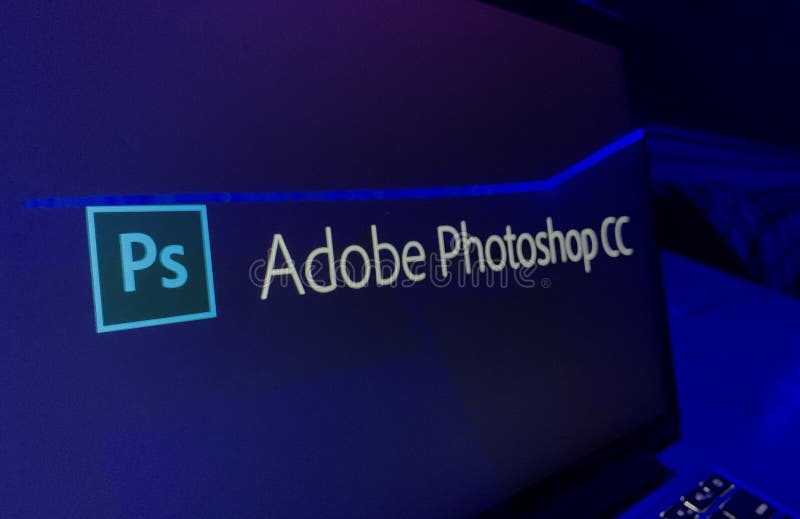
Raster files: frequently asked questions. For this reason, vector images are a more common choice when creating T-shirt logos and prints. The square pixels that make up raster images don’t always transfer well to fabrics and clothing. While this creates a highly detailed image, it can also increase the file size and loading speed. Their colors and details can distort when enlarged, reducing the number of ways you can use these images.Ī raster file may include millions of pixels. Unlike vector images, raster files don’t maintain their resolution when resized. The disadvantages of raster files include: Raster files can open in a wide range of programs and web browsers, making it easy to view, edit, and share your images. This lets you enhance and tailor the image to your own needs. You have the power to individually alter each pixel when editing a raster graphic or photograph. The more pixels a file contains, the stronger the image quality. When displayed in the right dimensions, raster files can show off all the intricate details and colors found in high-resolution photos. If you’re thinking about using a raster file in your next project, make you sure you know the upsides and downsides before you start: That’s why illustrations or logos that need to be used across a variety of sizes often come in vector form.Īdvantages and disadvantages of raster files. Increasing the size of an image with too few pixels can cause pixelation, which isn’t usually desirable. However, each raster image is limited to its individual dimensions and number of pixels, which affects its size and resolution.

#Free raster image editor software
With software like Adobe Photoshop, you can edit individual pixels within a raster file to change the appearance of a photograph. Most photos come in the raster file format, whether they’re print or digital. Raw photo files, which contain uncompressed image data taken directly from a camera’s sensors, are generally converted to raster files once edited.Īlso known as bitmap, raster files work best when you need to store and display high-quality photographs. This means that, compared to pixels, vectors don’t lose their resolution when resized. That’s why vector images are more commonly used for illustrations and logos - vectors are made up of mathematical formulas that can scale up or down infinitely. However, because their pixel number is fixed, raster images can become distorted or blurry when resized to fill a bigger or smaller space. Popular types of raster files include JPEG, PNG, and GIF images. Digital photos and detailed graphics both come in raster form. The last step is to save the result.There are two main types of digital image file - raster and vector. To do this, simply move the frame of a panoramic photo or video (see screenshots). After selecting the best option, all that remains is to cut off the irregularities at the edges. To do this, try different parameters of the Camera Motion property in the Stitch field below. Now that our panorama has been formed, we can try to improve it. If the photos and videos contain absolutely different content, the program will generate an error message.

When you drag and drop files, Microsoft Image Composite Editor automatically starts to form a panorama. To do this, you need to select all the images in Explorer beforehand. So, we need to drag the photos we need into the program window. In addition to creating panoramic photos, this application can also create panoramic videos. The accuracy of the boundaries of the shots is important, but the program can smooth out the drawbacks of shooting.

You need to have several images of the same area or object. Microsoft Image Composite Editor is a very simple program for creating panoramic images.


 0 kommentar(er)
0 kommentar(er)
